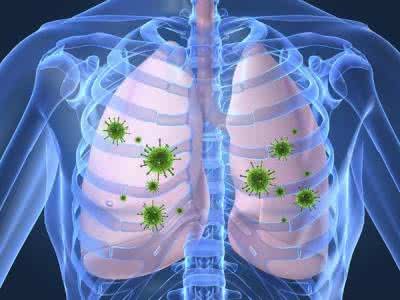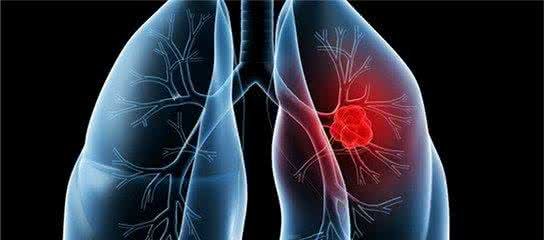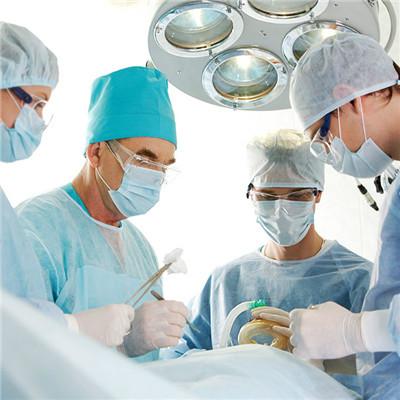What symptom after operation of pulmonary nodule?
summary
Thoracoscopy is a kind of minimally invasive surgery, is the most advanced medical technology instrument. Pulmonary nodule is a kind of organ granulomatous disease, which has been widely distributed abroad in recent years. It usually occurs in the lung, lymph nodes, eyes, skin and other organs. In the chest, the incidence is relatively high, generally occurs in women, mostly in the age of 20 ~ 40 years old, domestic cases are not very many, but widely distributed in Europe and the United States and other countries, but although the probability is small, still need to pay more attention to, what symptoms after pulmonary nodule surgery? Let's talk about it
What symptom after operation of pulmonary nodule?
Thoracoscopic minimally invasive surgery is the first choice for the operation of pulmonary nodules. The operation is performed under general anesthesia and double lumen endotracheal intubation. According to the size, location and nature of the nodules, wedge resection, segmental resection, lobectomy and other methods are generally used. According to the habits of the chief surgeon, there are also differences between porous and single hole endoscopy. The fundamental purpose of surgery is to remove the lesions, and to identify the benign and malignant nodules by fast frozen section. If lung cancer is confirmed, mediastinal lymph node sampling or mediastinal lymph node dissection should be performed during operation.

The recent reexamination generally refers to the reexamination within three months after the operation. The main concern is the recovery of the operation, whether there are complications. Postoperative pulmonary infection, pleural effusion, atelectasis, incision infection, etc. generally occur in this stage. Three months after the operation, the body and mind were basically stable. Recent review as long as the general chest X-ray and blood test can be relatively simple and convenient. Each review can be done without fasting. The recent reexamination is generally recommended to reexamine half a month, one and a half months and three months after discharge. There is no need to reexamine the benign nodules more than three months after operation.

Long term reexamination generally refers to more than three months of reexamination. Mainly for patients with lung cancer confirmed by pathology after operation. Long term follow-up focused on the recurrence and metastasis of lung cancer. In general, the first three years, at least 3 to 4 times a year. More than three years, twice a year. More than five years, once a year.

matters needing attention
When cooking, open the window and keep natural ventilation. Don't be greedy for cheap when buying range hood. Use more functional and better range hood to avoid the harm of range hood to human body.















